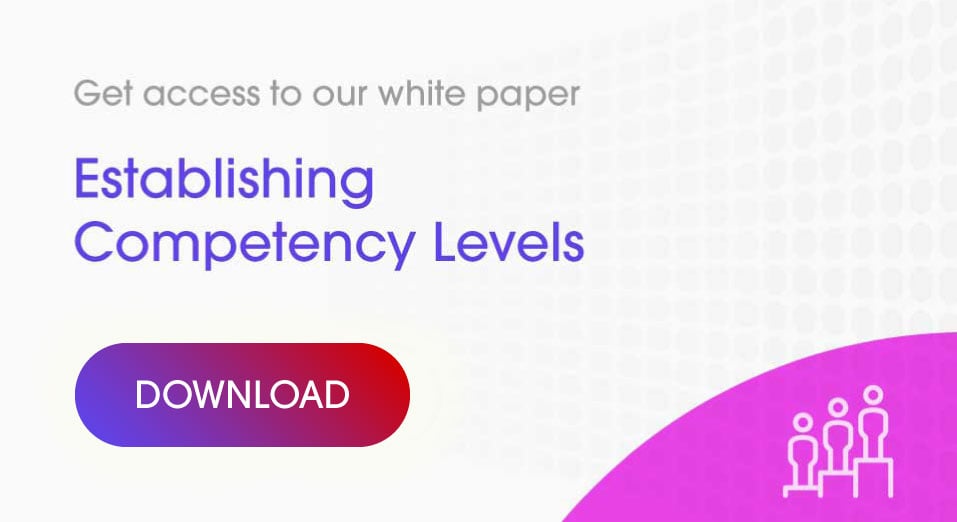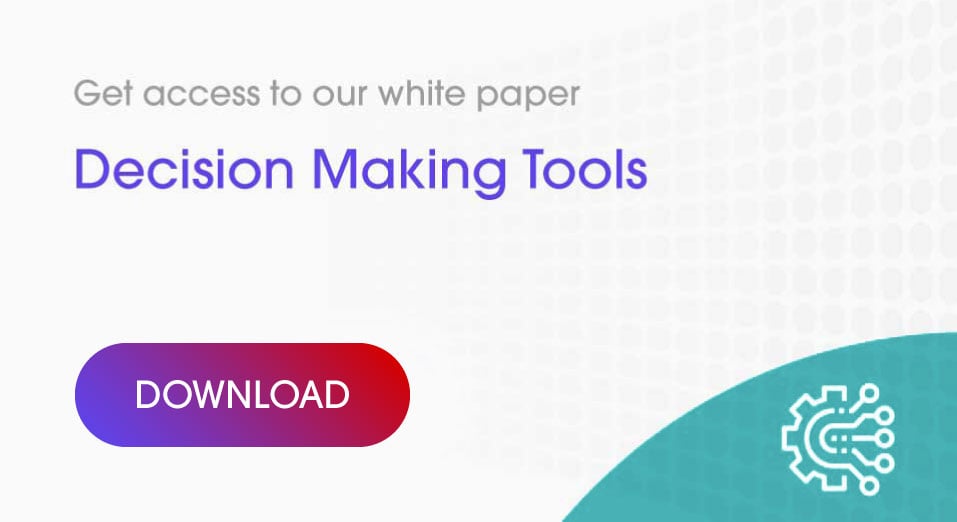Training Strategy in the Pharmaceutical Industry | Google is the new work-place learning tool. We have a need, we search for an answer. Anytime, all the time, and yes, even at work.
By 2018, the average mobile user will own and use more than three personal devices, according to a report by Gartner, Inc. And by 2020, this number will be an average of 4.4 per user. According to PwC, the Millenials will make up 50% of the workforce by the end of 2020, and the Millennials are tethered to their smartphones, preferring self-directed learning opportunities.
I could use up more precious screen real estate with interesting fun facts, but I think you get where this is going. A well known fact is the traditional classroom workshop or the standalone eLearning module is not really the best way to learn.
It has always been a blended learning methodology that reigned superior – one that used many of our senses and engages the learner in the learning process through various activities. Just like in marketing, customer centred multiple channel marketing and the concept of seamless omni-channel experiences, applies also to the creation of personalised learner-centred learning experiences.
So what will new corporate learning academies look like?
#1 Training Strategy: Mobile Learning / mLearning
It is almost tedious to hear again, that mobile devices have changed the way we communicate, however, they have also opened up a myriad of possibilities to how we learn and how institutions or professional coaches deliver learning experiences.
Just check out www.mindvalley.com or www.lynda.com to see the use of the digital social environments to deliver learning experiences. They use a combination of video, social communities, chats, and downloadable workbooks, with links to other resources, to deliver the superior learning experience anywhere in the world, and any time of the day. Both organisations use core programs, and in addition, a lot of programs that are crowd-sourced from other experts in a new shared learning economy. The experiences are accessible via their app on a mobile phone, tablet, computer, and/or smart TV.
So when learners come from home to us in the office, how do we meet these new learning expectations? Mobile learning solutions are both a disruption and an opportunity.
Firstly, it does not mean you do away with the classroom or other more traditional methods, it means mobile has a role to play in your strategy. mLearning programs can be integrated into your learning channel mix, albeit the content will need to be broken into bite-size digestible topic-specific chunks, more like resources than programs or courses.
Just like in the world of multi-channel marketing, content is re-used, re-shaped, adapted and re-purposed across different channels in order to meet the demands of the learners and their optimal learning styles. Data will let you know what is working and what is not.
There is a high probably, based on statistics that there is a number of ‘mobile only’ users now in your target audience, and that your participants will be accessing your learning materials from their phone. For example, they will want to catch up on the way home from work in the long commute home on the train, or while they are sitting at lunch in the sun on a gorgeous crisp spring day.
Your organisation may have provided them with a laptop or desktop, but when they are mobile, the mobile phone will be what they will use to access your coursework (if you have made it possible).
And then there is the new art of designing for mobile devices. Here’s some interesting statistics for you from the eLearning Guild to consider when designing learning content for mobile devices:
- 9% of people prefer the vertical orientation to consume training content on their mobile devices as opposed to 40.01% people who prefer the horizontal orientation.
- About 88.4% of people use large tablets when they are in a sitting or reclining position while 81.3% people use their smartphones when they are standing or walking.
New capabilities are obviously needed. So not surprisingly, according to the Brandon Hall Group, 2016, mLearning is in the top 3 business priorities.

#2 Training Strategy: Social Learning
Recall the 70-20-10 rule?
- 70% of learning happens informally on the job.
- 20% through coaching and
- only 10% through formal learning experiences.
Social Learning is the process of learning through social interaction between colleagues. It bridges the gap between formal and informal learning, and is often in real time on the job.
Social Learning has always existed, and can take place in informal one-on-one encounters in the hallways, amongst team members while engaged in real-time problem solving.
However, with the proliferation of digital channels and mobile devices, Social Learning can occur using social communication tools linked to Learning Management Systems, like the Discussion Forum, or social media tools like Yammer.
What is a critical success factor in this scenario is the organisation’s willingness to invest in continuous learning. Not only the provision of the tools, but enabling employees to be empowered and encouraged to engage and share what they know with each other using these new platforms, and encouraged to seek out information from their peers.
#3 Training Strategy: Personalise Learning Paths (pLearning)
Personalisation is the new norm with the introduction of digital technologies.
It has created an expectation that this is possible everywhere. A personalised learning path is a learner-centered approach, just like a customer-centric approach externally, that emphasises learner-specific goals and objectives, as well as channel preferences.
Not unlike multichannel marketing using a customer-centered approach, the learning experience requires the right content (relevant and credible), in the right context (delivery channel, timeliness, and builds on existing learner knowledge).
To maximize the learning opportunities, the provision of collaborative opportunities, whether in face to face or in online social communities, will enable the application of the learning in a safe environment, and the opportunity to share and problem solve with others. Collaborative opportunities also increase engagement, which is essential to learning.
Is your organisation ready to shift to mLearning and pLearning?
#4 Training Strategy: Corporate Academies
The trick is to find the right balance between formal learning opportunities, physical and online, and informally through social learning, and use technology and empowerment to offer personalisation.
Corporate Academies will look different.
The online ‘academy’ environment will potentially be the core delivery and assessing mechanism, supported by a content management system. Face-to-face programs and/or workshops will enable application, collaboration and learn-by-doing experiences. Social learning will add an informal dimension that harnesses crowdsourcing from the talent within – a commonly untapped highly valuable resource, and tying all learning to the real world context.
Explore how Actando’s blended solutions and the team of industry experts can help create your new Corporate Academy.
----
If you are interested in our mobile learning solutions on digital channels, contact Actando.
The Actando Consulting Team





.jpg?t=1490096851238&width=850&name=Untitled%20design%20(41).jpg)

.jpg?t=1491994604881&width=850&name=Untitled%20design%20(51).jpg)



